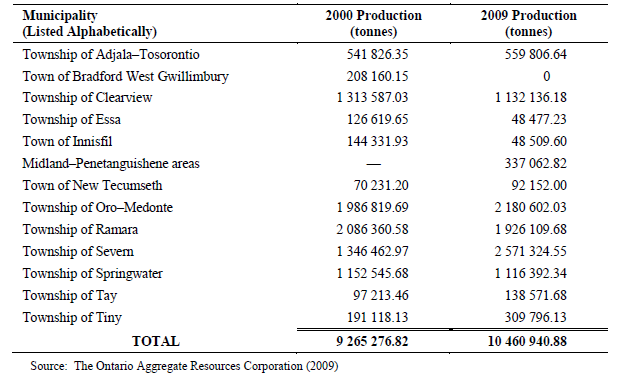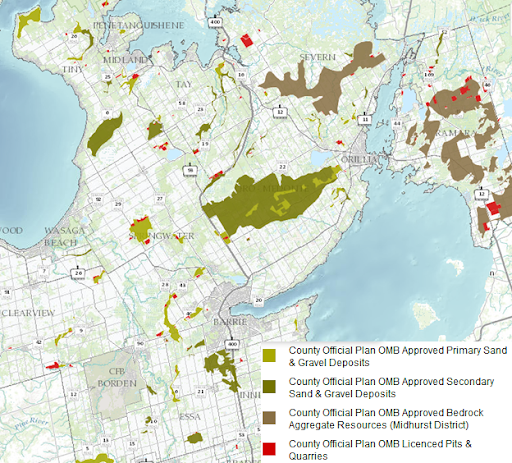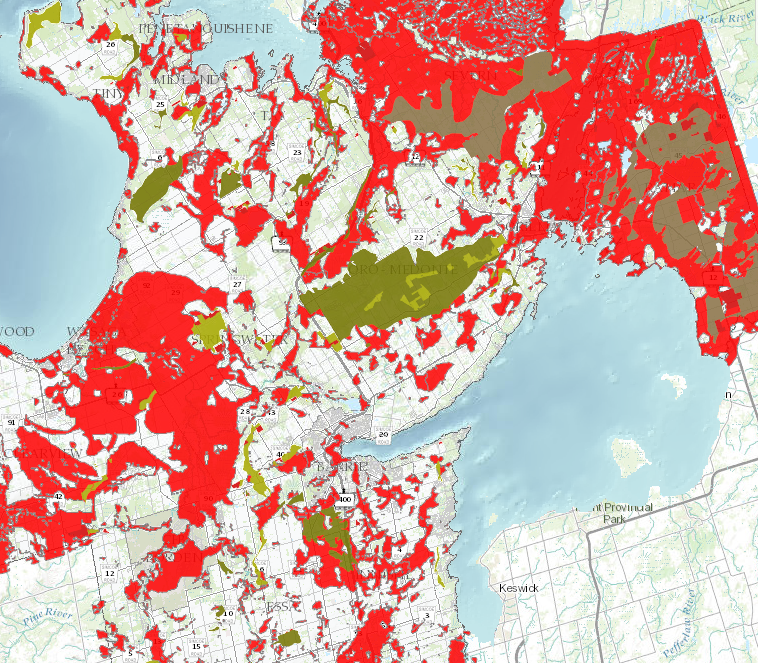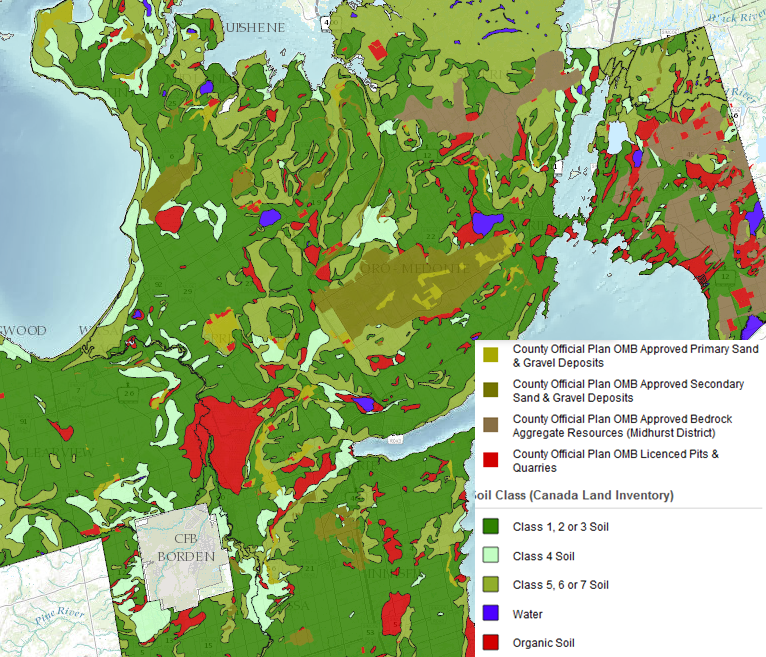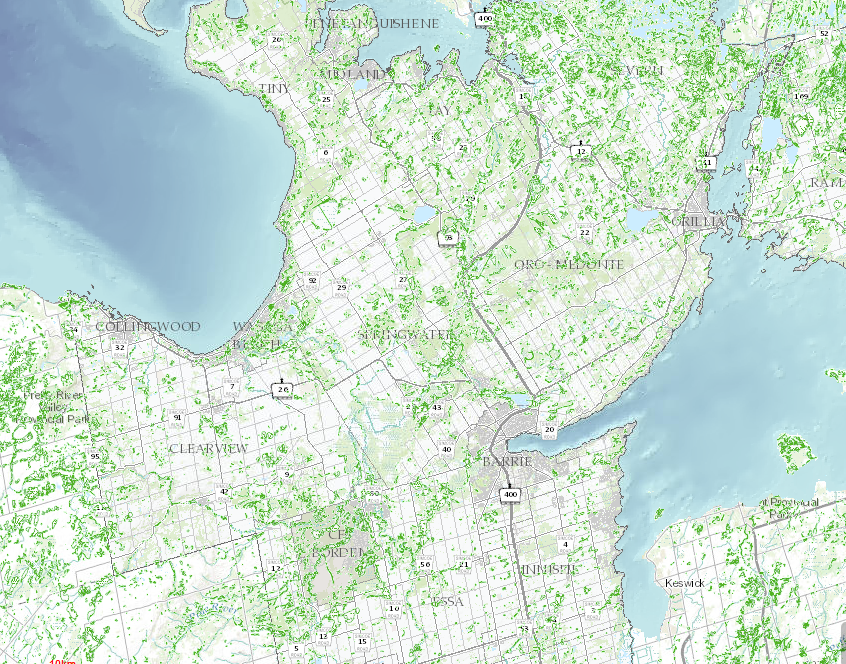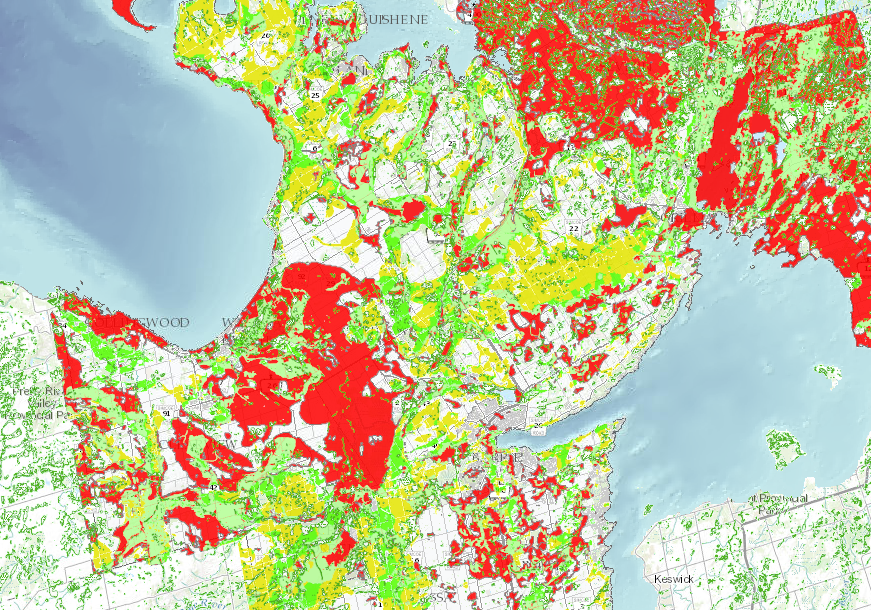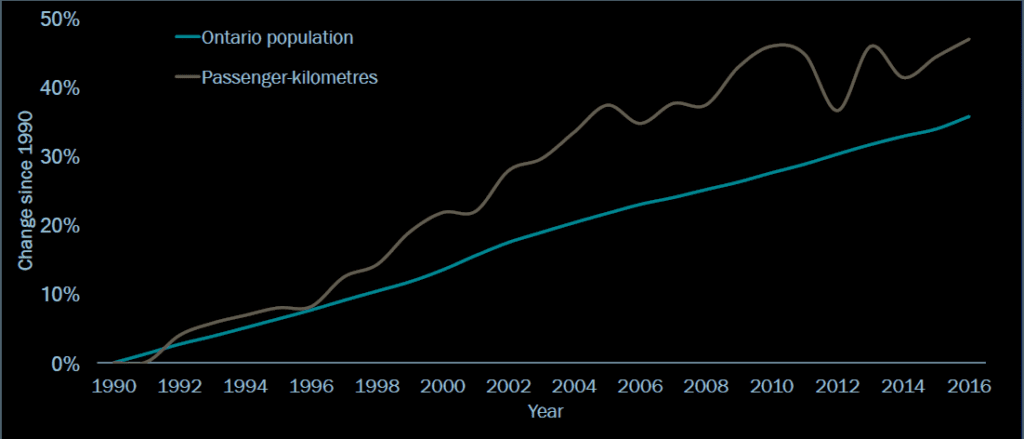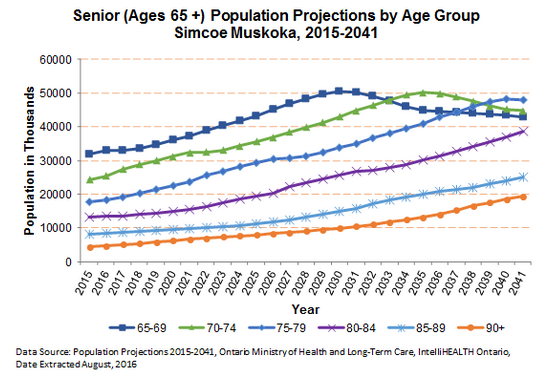October 21, 2019
Municipal Affairs and Housing
Provincial Planning Policy Branch
777 Bay Street
13th floor
Toronto, ON M5G 2E5
planningconsultation@ontario.ca
RE: SCGC Comments on ERO 019-0279
Please accept our submission to the aforementioned review as it relates to the Provincial Policy Statement (PPS). We appreciate your consideration of our comments.
About Simcoe County Greenbelt Coalition
With our 35 member groups from urban, rural and semi-urban communities, we aim to promote community development that is financially, environmentally and socially sustainable, such that provides a net benefit to residents. A major part of this is to recognize the value that natural heritage, agriculture and water gives to our communities, including the numerous benefits and co-benefits of ecosystem services. Ensuring the people of Simcoe County, and Ontario broadly, continue to receive these benefits requires an approach to economic development that is evidence based, transparent and accountable to the public, and with full consideration of the long-term impacts that communities will either have to deal with or benefit from.
We have grave concerns about the policy direction under the PPS review. As outlined by the Ontario government, the PPS is “the primary provincial land use policy document guiding municipal decision-making.” So the tone, focus and direction given in this document greatly impacts our communities, our environment and our future.
Our general concerns include:
- Softening of language from “shall” to “should”, such as in policies that relate to transit supportive development and protection of natural features;
- Use of “market-based housing” when discussing appropriate mix of housing. This approach emphasizes methodology that only considers past and current housing trends. A housing shift is needed to encourage more affordable housing, transit-oriented and sustainable development. Clearly, this is not what the past few decades of development has provided us, and as such, should not be the foundation upon which we build communities of the future. This is particularly true when it comes to providing affordable housing, which largely addresses needs of those who cannot or have difficulty accessing appropriate housing in regular market conditions;
- Excluding protections of natural heritage features, such as in policies dealing with what considerations municipalities should undertake when determining impacts regarding housing and infrastructure.
- Lost opportunity for the PPS to clarify the Province’s stand on crucial issues, including the protection of prime farmland, the need to prioritize action to mitigate and adapt to the impacts of climate change, as well as, at a time when many municipalities are struggling financially, a comprehensive plan to foster communities that are both financially and environmentally sustainable.
We have more specific concerns as outlined below:
Aggregate Should Not Trump Environmental Protection
Proposed policy allows mineral aggregate extraction to occur in protected, provincially significant natural features, including wetlands, woodlands, valley lands, wildlife habitats, fish habitats, endangered and threatened species habitats and areas of natural and scientific interest outside of the Greenbelt.
We feel it necessary to remind you that this type of policy adjustment could have large ramifications for Simcoe County residents, our eco-systems, water sources and natural heritage as large aggregate supplies are situated in and around many of our communities, as well as in and around significant groundwater resources and natural heritage areas.
For eight years between 2003-2013 Simcoe County was the largest aggregate producer, by volume, in Ontario. During those years Simcoe County produced 11.64 million tonnes of aggregate, on average, annually. Five municipalities within the County, Clearview, Oro Medonte, Ramara, Springwater and Severn, consistently produce an excess of one million tonnes per year, as seen in Table 1 below.
There are over 100 licensed pits and quarries within Simcoe County, with a total licensed area of 3917.16 ha. It was estimated by the Ontario Geological Survey (2013) that Simcoe has a potential unlicensed resource area of 2404 hectares for sand and gravel with roughly 237.7 million tonnes of aggregate resources. Further, the bedrock-derived aggregate resources that are currently unlicensed is a potential resource area of 27,503 hectares, containing 10,928 million tonnes of aggregate resources. Together, that is roughly 30,000 hectares potentially being dedicated to aggregate extraction.
Although Simcoe County is large, we must keep in mind that 30,000 hectares is roughly half the size of Lake Simcoe. Add into that the associated roads and infrastructure which aggregate operations require and clearly large swaths of land could be dominated by aggregate activity.
Most of these deposits and resources are located in the northern part of the county. Although it is less populated than the southern part of the county, it nevertheless has important infrastructure contained within it. The northern part of the county contains most of the connected forest cover, a high percentage of wetlands and many river and stream systems.
Moreover, the population in the northern part of the county is primarily serviced by groundwater wells and has a higher concentration of residents who are similarly serviced by individual private groundwater wells.
Layering the sand, gravel and bedrock resources against source water protection maps shows that most of these identified resources (licensed or unlicensed) are surrounded by or contained within highly vulnerable aquifers – the source of drinking water for most of the population in that region.
One of the main concerns about aggregate extraction is its effect on surface and groundwater. Extraction changes the slope of the land and water drainage patterns. This is a change that is effectively impossible to revert back to an original state, making any claim of full rehabilitation highly unlikely
Further, aggregate resources within an aquifer store the water. If you remove the aggregate the water storage capacity of that aquifer is significantly damaged and reduced. A case study conducted in Minnesota found that while impacts on water were not found in every quarry and pit, declines in aquifer levels were a common occurrence.
Farmland is also impacted by aggregate operations. The quarries and pits and their related infrastructure fragment farmland and the rural economy.
As seen below, the aggregate resources identified in Simcoe County also tend to be surrounded by high class farmland.
Ontario is already losing over 150 acres of farmland per day. Deregulating aggregate to get into areas that jeopardize our local food systems is short-sighted and only further stunts the sustainable economic development of rural communities. Aggregate can provide jobs, but only for a period of time. Agriculture, properly conducted, can provide jobs, as well as food security, climate change mitigation, and cultural benefit year after year after year.
Allowing aggregate to expand and initiate operations in highly sensitive areas such as significant forests, wetlands, valleylands and ANSIs is unconscionable considering that there is no evidence to support a need for increased access to supply.
OSSGA contends that less regulation, such as what is proposed in the PPS and Growth Plan, is needed to increase supply due to a large, expected population growth. We believe that this is an intentionally misleading premise.
First, the demand that OSSGA insists is there is not much more than what they already produce. OSSGA estimates 3.84 billion tonnes of aggregate will be needed by 2041. Per year that works out to 174 million tonnes of aggregate annually, which is only 10 million tonnes more than their average annual production. In some recent years, the industry has produced over 200 million tonnes of aggregate – obviously the capacity to produce more already exists.
This needed increase also assumes that demand for aggregate will not decrease or stabilize. Over 50% of aggregate in Ontario goes towards the building of roads. As we continue to build our communities up, as opposed to sprawling out, the construction of new roads and highways (which, as noted, is where the majority of the aggregate goes) will mean less demand for aggregate. It is quite possible that these changes alone could mean that aggregate demand may only stabilize and hence an increase in production may not be needed at all.
The rationale for the proposed amendment within the PPS rests on the assumption that natural areas destroyed by pits or quarries will eventually be rehabilitated, as required by law. However, it fails to acknowledge that aggregate operations are often open for decades, or that legal requirements to rehabilitate sites are often poorly enforced and routinely ignored. It also fails to account for the loss of significant and/or at-risk animals and plant species and their habitats in the meantime. This loss is likely permanent, too, as sites are rarely returned to their original state.
The poor record of rehabilitation of aggregates operations has been thoroughly covered in past reports of the Environmental Commissioner of Ontario, which have revealed that:
Recommendations
- Remove new policies that would allow aggregate extraction in sensitive areas (2.5.2.2) and those that would allow extraction in prime agricultural areas (2.4.4.1).
- Include policies that require aggregate to provide evidence of net need for new pits/quarries or expansions.
Protections for Wetlands Must be Retained or Enhanced
Wetlands are vital to maintaining water supply and water quality, and to enhance landscape and community resilience in an era of climate change as they play a critical role in flood attenuation and act as carbon sinks. They also provide habitat for many of the province’s most imperiled plants and animals. A 2009 study commissioned by the Ministry of Natural Resources estimated that the ecosystem services provided by wetlands in southern Ontario alone were over $51,614,795,000 per year. According to the authors, ecosystem services such as these “are the foundation of human well-being and they also represent a significant part of the total economic value of our landscape and economy.”
South and east of the Canadian Shield (Ecoregions 6E and 7E) at least 72% of wetlands have been lost to development, with losses exceeding 90% in some areas. We are therefore very concerned about the proposed policy 2.1.10:
The policy is permissively and vaguely worded and invites an ad hoc approach to wetland management across the province
Further, policies 2.1.4 and 2.1.5 stipulate that site alteration should not occur in wetlands that are deemed significant. The implication of placing management of wetlands not subject to these policies with municipalities is that they are not considered “significant”. This effectively paints all wetlands outside of the significant classification with an extremely broad brush. Since many wetlands have not been evaluated, this generalization is highly likely to cause irreparable damage to wetlands that if evaluated would likely meet the standard required to be classified as significant.
We question why such a policy would even exist based on the substantial amount of science that underscores the importance of wetlands to water quality and quantity, climate and flood resiliency, and habitat for wildlife.
We have come to understand that proposed policy 2.1.10 is intended facilitate wetland offsetting in unevaluated wetlands.
SCGC strongly believes that the precautionary approach – the prudent approach – should govern serve as a formative principle in determining land-use policy. Accordingly, we would argue that all wetlands should be deemed significant until an objective, science based evaluation has occurred that shows a high degree of certainty otherwise.
Furthermore, allowing municipalities to “manage” wetlands as they see fit establishes a scenario in which the treatment of wetlands will be disjointed and inconsistent. Wetland management is key to watershed planning and flood resiliency – both should be declared areas of provincial interest and thus not left in the hands of municipalities with vague wording and non-existant outcomes or targets.
While we strongly disagree with wetland offsetting, if such a policy were to exist it must clearly state the purpose and parameters, including requirements to:
- Achieve a net gain in wetland area, quality and function;
- Set clear limits to offsetting, taking into account the type, location, vulnerability and irreplaceability of wetlands, as well as their cultural significance to Indigenous peoples;
- Implement the mitigation sequence, which positions offsetting as a last resort after first avoiding, then minimizing negative impacts.
To fully appreciate the scope and potential outfall that such a policy could have, we need look no further than Simcoe County. As demonstrated in Figure 4, the amount of unevaluated wetlands, also known as locally significant, in Simcoe County is large and spread throughout the county, with a notable concentration in the northern region.
As mentioned previously, Simcoe County groundwater systems are pervasive throughout the county and supply the large majority of residents and businesses with their water for daily use. Wetlands are a key element of the water recharge and purification system within a groundwater system. Thus, limiting or destroying a wetland’s function impacts local water systems as well as increases flooding risk.
In Figure 5, it is clear that many of these unevaluated wetlands are enveloped by Highly Vulnerable Aquifers and/or Significant Groundwater Recharge Areas.
No one knows for sure how much change and destruction a groundwater system will tolerate before its function is impaired and therefore unable to provide adequate amounts of potable water. How much risk is the province willing to undertake in the name of aggregate extraction and housing?
Recommendations
- Remove policy 2.1.10.
- Declare all wetlands as a matter of provincial interest.
- Ensure that if wetland offsetting is to be a consideration, it is absolutely as a last resort with no net loss and clear limits.
- Provide adequate funding to MNRF and/or municipalities so that they can evaluate their wetlands appropriately.
Housing Policies Open Up a Pandora’s Box for Rural and Semi-Rural Communities
New policies allow for greater flexibility for communities to select individual on-site sewage services and individual on-site water when municipal services are not available, planned or feasible in rural settlement areas at the time of Official Plan review or update.
It means that communities can build out in rural areas that, generally, are unable to support complete communities. In Simcoe County in particular, there is a net surplus of development approvals, especially in the more rural areas.
We firmly believe that a change in the servicing hierarchy to include communal and private servicing would proliferate a sprawling built form. As a result, this sprawling built form spreads municipal and provincial resources thin as there are more roads to maintain, operate, etc. with a small tax base to cover costs of upkeep. Costs related to infrastructure, it should be noted, will almost certainly increase with the impacts of climate change, and so planning should proceed accordingly. Further, sprawl locks in high emission lifestyles for decades, increasing the challenge, already considerable, of meeting the needed, science-based targets of net-zero carbon emissions by 2050.
Another concerning component to this proposal is that communal wells and private wells are not covered under Source Water Protection Plans. Therefore, encouraging growth that knowingly builds water systems not properly protected is a huge risk to public health and abdicates the caretaker role of government.
Including terms such as “market based” housing and extending the planning horizons are also troubling, as noted above. Both of these items only encourage the maintenance of the current housing mix and provide more opportunities for land banking for future greenfield development. Land banking is now thought to be one of the primary drivers of the housing affordability crisis.
It is unclear why this would be considered at a time when we need to fully confront how damaging our built form is to the climate and environment at large.Ontario’s main emission source is from individual transportation and Ontarians are driving more than ever, as noted below.
The main reason behind our increasing driving trends is how and where we build our communities. Roughly 75% of Ontarians live in car dependent neighbourhoods – places where the distance between daily needs, such as grocery stores, work places, schools, and medical care, is beyond that easily walked, and/or transit is not established well enough to entice people out of their cars.
Unfortunately, that trend is continuing to rise in Ontario as well as across Canada. Consider that between 2006 and 2016, car dependent growth (rural and suburban) accounted for 85% of the population growth in Canada. In the GTA specifically, 83% of growth occurred in car dependent neighbourhoods rather than active cores where walkability and transit are well established.
This has a huge impact on our environment, health, community design, transportation and climate change. Our building patterns set our carbon footprint and climate risk for decades to come. If anything, considering the financial, social and environmental costs of this type of building pattern, the province should be using this opportunity to move Ontario’s growth even more towards more compact development.
Further, changing demographics also need to be considered before proposing policies that promote sprawling growth patterns. Car dependent, rural communities are generally only accessible for people of a certain age, stage and income – namely, middle class and middle age. By 2031, it is estimated that 42% of people in car dependent suburbs around Toronto will no longer have a driver’s license. This means that to effectively “age in place” and to make our communities accessible for all, residents either will have to have options for transit or live in walkable communities.
In Simcoe County, specifically, our communities will need to be better designed for seniors – especially if the province is serious about “aging in place” to deal with long-term care bed backlogs. By 2041, the population of seniors 65 years and older in Simcoe Muskoka is projected to surpass 218,800, which is more than double the number of seniors from 2011.
Figure 7 indicates that all senior age groups will increase in population. The largest increase will occur among the 90+ age group, which will increase by 346% from 4,345 in 2015 to 19,380 in 2041. How will these people be encouraged to “age in place” if we keep building remote, car dependent neighbourhoods? Becoming an age friendly community means ensuring accessibility. Policies such as what is proposed in the PPS encourage low density, car dependent neighbourhoods which will not be sufficient to support our aging population. This only puts more of a strain on our public health system and other supports for seniors.
Recommendations
- Maintain policies that encourage development to be on municipal services over communal or private servicing.
- Include policies that promote age friendly communities such as intensification, access to transit and walkable communities.
Summary
The members of SCGC want to see a fair balance between growth and the environment. Further, there needs to be more consideration for our natural environment and water when considering aggregate and growth policies. As a mainly rural/suburban region, we are highly dependent on our groundwater resources, and our economy is inextricably linked to our lakes, farmland and natural environment. Changes to policy, such as what is proposed in the PPS, impact our way of life and our economy.
In times of dwindling water resources, a changing climate and mass biodiversity loss, we want the province to have the will to put forth policies that address these losses – policies that correct our course and move us towards solutions. Unfortunately, we do not see any measurable steps outlined in these policy proposals that will correct our course, only make matters worse. We strongly implore the province to reconsider the direction and vision that it is now offering within the proposed PPS.
Sincerely,
Margaret Prophet
Executive Director, Simcoe County Greenbelt Coalition

